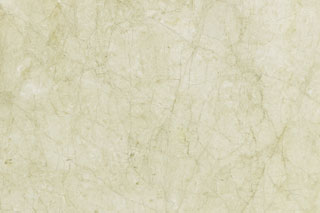
Choosing the right look for your home is made easy with Brazilian granite. The igneous rock found all over the world, specifically from quarries in Brazil, is naturally unique as no two slabs of granite are the same.
Going Granite for Home Décor
Molten rock, or magma, is naturally forced between layers of rock in the Earth's crust deep underground. Over thousands of years, the rock cools and flecks of quartz and other minerals create a beautiful pattern which is revealed after the rock is cut and buffed to a shine. Granite is naturally antibacterial and resistant to heat and wear, making it a perfect choice for home floors, vanities, pool-side counters and counter tops, its most common use. It is very durable and tough, second in strength only to the diamond, making it a more popular choice versus. marble. Granite is used for high traffic areas as it resists dullness and scratching better than other stones and is very easy to keep clean and shiny with regular maintenance.
Granite traditionally gets its name from the granular appearance of the rock, however exotic granites like those found in Brazilian quarries, have various different striations and patterns that are very unique and rare. While more expensive per slab in comparison to traditional granite, home renovators can get a very individual look that will last for years.
Brazilian granite is very popular and is known for its richly coloured variations, specifically its blues and yellows. Granite found in Europe and India is more traditional, while quarried stone from Brazil is considered exotic. Some have a wavy or linear look, while others have a bubble-like appearance. Traditional granite is commonly pink, grey or beige while Brazilian granite ranges in many different colours including green, blue and yellow.
Brazilian Export of Granite
Brazil is one of the top countries in the world to export granite, producing 1.1 million tons per year. Exporting began in the 80s as Brazil began feeding Italian demands for the decorative stone. They now are the sixth largest exporter in the world behind Italy, China, India, Spain and Portugal. Over three quarters of the country's granite production is found in the Eastern states. Espirito Santo is responsible for more than 47 per cent of the national total. With such rich and exotic natural designs to offer the global market, Brazil's granite production is in demand, exporting more than $116 million to the United States alone.
Colourful in Nature
One of the most expensive and exotic Brazilian granites is Azul Bahia Granite, an electric blue stone with flecks and waves of white and black quarried in Sao Salvador, Brazil. The brilliant blue colour is caused by sodalite found in the stone, a rich royal blue mineral. Sodalite has local roots as well, and was first used in ornamental stone when vast deposits were discovered in Ontario in 1891. Significant deposits of this mineral are also found in Brazil, and were folded into the granite rock that formed in this area. Azul Bahia is one of the most exclusive and expensive natural stones and can have many different colour variations. It is recommended by most stone dealers to hand select this type of granite to ensure the right shade is picked to fit the room's specific design needs.